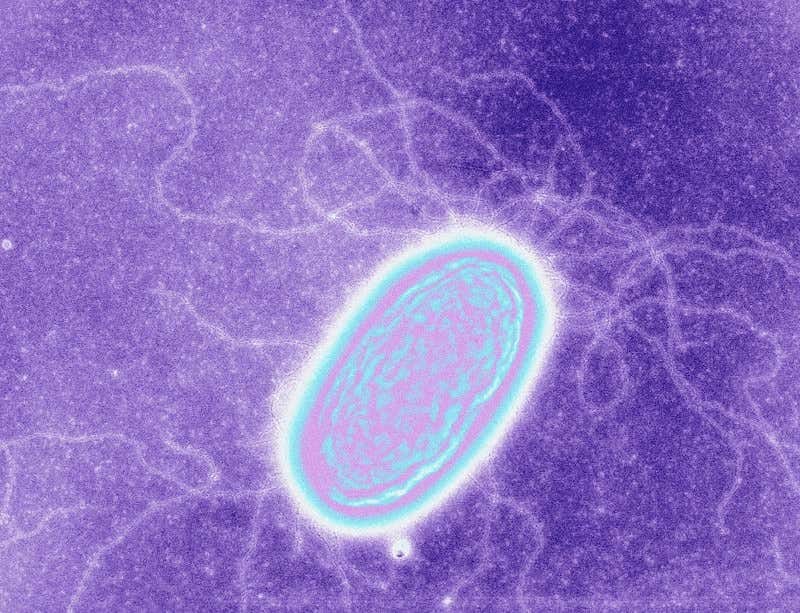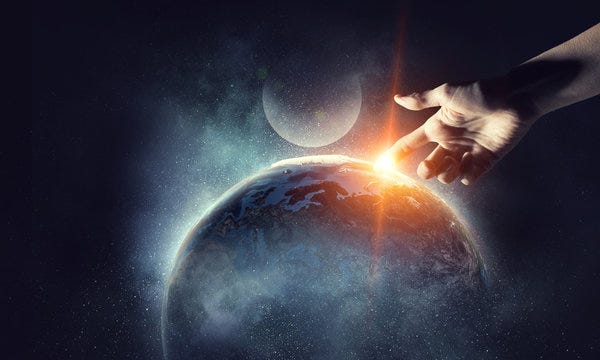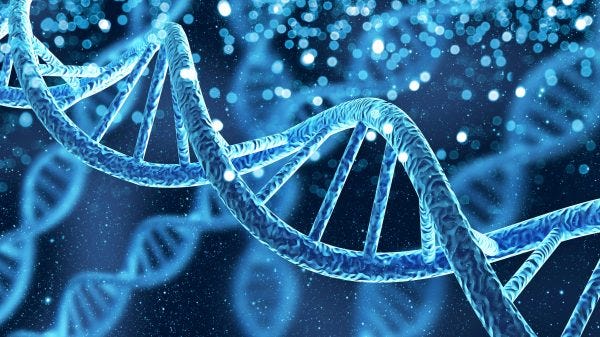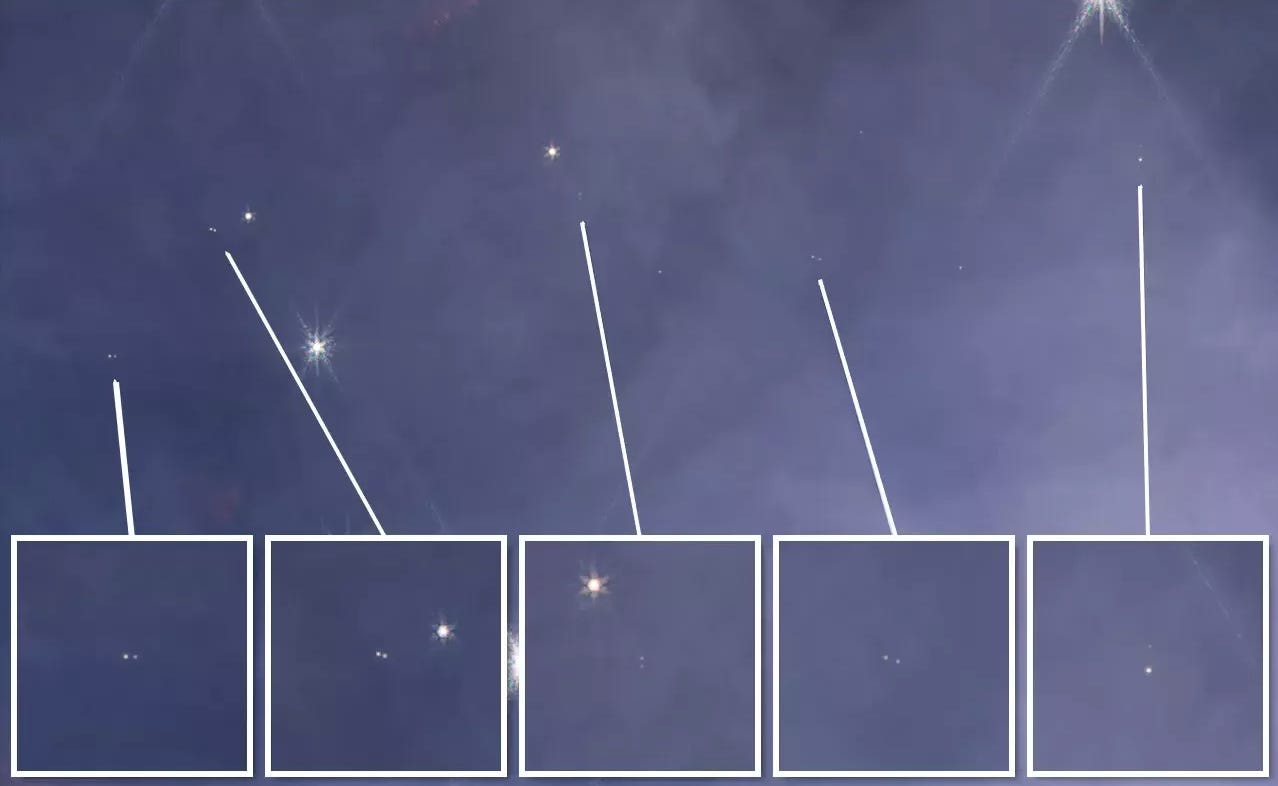Abiogenesis & Spontaneous Generation
Can an organism spontaneously come into being from matter?
As a thought experiment, if by some impossible means, all living organisms vanished from the Earth in an instant, but otherwise the planet was left unchanged, would that be the end of life on Earth? Or would it spring back into being somehow out of the environment?
While this thought experiment is perhaps nonsensical, the underlying question is a valid one, can an organism spontaneously come to life?
Popular scientific thought would immediately and categorically dismiss this idea, but before microscopes revealed the microbial world, it was widely believed that this was the case.
There were even folklore recipes used, or at least believed, to create bees, mice, frogs and many other creatures. Toss a bundle of rags with some cheese and corn kernels in a shed and mysteriously, after a few days, mice would appear! Whilst it’s easy to imagine how people could mistake this for creation, it is less obvious how stuffing various bizarre ingredients into a bull’s carcass would eventually produce bees. It was almost universally believed that body lice grew out of the grime on our skin and that maggots grew out of meat.
These folklore recipes and the idea of Spontaneous Generation died away with the discovery of bacteria and perhaps even more as Darwin’s Origin of Species became widely accepted. But the question never quite went away and it has not been properly answered. While we don’t see animals or people springing into being from matter, there do appear to be some bacteria that might do.
Meet the electric life forms that live on pure energy
Unlike any other life on Earth, these extraordinary bacteria use energy in its purest form – they eat and breathe electrons – and they are everywhere
STICK an electrode in the ground, pump electrons down it, and they will come: living cells that eat electricity. We have known bacteria to survive on a variety of energy sources, but none as weird as this. Think of Frankenstein’s monster, brought to life by galvanic energy, except these “electric bacteria” are very real and are popping up all over the place.
Unlike any other living thing on Earth, electric bacteria use energy in its purest form – naked electricity in the shape of electrons harvested from rocks and metals. We already knew about two types, Shewanella and Geobacter. Now, biologists are showing that they can entice many more out of rocks and marine mud by tempting them with a bit of electrical juice. Experiments growing bacteria on battery electrodes demonstrate that these novel, mind-boggling forms of life are essentially eating and excreting electricity.
Now in fairness it is not clear from this whether the bacteria are created by the presense of the electrode interacting with matter, or whether they are pre-existing spores or something that become active, these should be observable however.
But ultimately we are left with only two options. At some point in the ancient past, abiogenesis of an organism somewhere must have occurred, otherwise there must have been a Creator. Or perhaps both are true, and the Creator allowed the means for life to spontaneously arise. But Nature rarely does anything once, would this mean that abiogenesis can keep occurring?
It has been demonstrated that amino acids will naturally form from a soup of common molecules and an electric current. These are the building blocks for life, but how could they become arranged into chains of self-replicating DNA? The complexity of this molecule alone is astonishing, to encode it with the right sequences as well, for even a single celled organism is breath-taking, to have happened by accident would be like kicking a cup of tea across the room, having all the tea land in the cup and then doing it again 42 times!
In my Electric Cell Model, when cells divide or when reproduction takes place, it is not only the DNA that is passed between the cells, the electric spark carries energy and information about it’s form. This still makes the “primordial spark” a mystery, since the energy and the wave information would have to be just right.
The energy and information projected through the DNA of a cell nucleus creates it’s form field. This field, interacting with the molecules and ions in it’s plasma, creates layers and organization until there is a functioning cell with organelles, and the energy and information that escape the cell’s cathode boundary we observe as it’s form. The form field acts as the template for the cell and as the distances are small and the matter moved by charge this self-assembly is quite a fast process. The important fact is that it is not random, the assembly of matter by charge within the cell is directed by the form field to be that way, it is more akin to geometry.
Interestingly, something similar happens when Stars are born. The Electric Universe theory says that Stars form along Galactic Birkeland currents, where a Z-pinch occurs, it draws in matter from molecular clouds with tremendous force fusing it together into stars. The exact composition of the stars that are formed depends upon the matter drawn into the star and the energy and information from the pinch that created it.
So perhaps something similar led to the creation of the first DNA, perhaps it was snapped into being by an electro-magnetic z-pinch (they occur at all scales), with just the right information to encode the first simple organism? It is no less miraculous, but I believe the process is non-random and where the conditions are right it will happen over and over.
Could a bacterium or larger organism be spontaneously created in this way? A single celled bacterium is already vastly more complex than a DNA molecule, a multi-cellular organism orders of magnitude more so. I would say in theory it should be possible, but it would require such precise energy, matter and information it seems more like teleportation - with so much emphasis on this information being precisely right, it would be miraculous.
It would be worthy study to try and confirm if some bacteria do indeed spontaneously generate on electrodes. But it would perhaps be impossible to try and catch something like a bee or a butterfly spontaneously generate in this way (if indeed they do).
I would be ready to dismiss this possibility in anything larger than a single celled organism, had I not on a few occasions actually seen what appeared to be small adult creatures spontaneously generate (butterfly's, fly's, bees and once a frog). They just appeared in place in the a blink of an eye, not having seemed to have moved from anywhere and indeed reluctant to move after they had appeared. They were all full formed adults but smaller than you typically see, they all seemed very low on energy and remained motionless in the Sun for quite a long time before they could move away. It’s more than likely I was mistaken in what I saw, I can offer no proof at all, but it was convincing enough to me at the time to make me want to research the possibility.
To conclude I will say that in our empty world thought experiment, I would expect life to re-emerge immediately where the conditions are right. Deep in some ocean vent or within the Earth’s warm interior the process would start over.
If Dr Rupert Sheldrake’s theory of Morphogenic Fields and Resonance is correct, it might even happen faster this time and I would expect some critical plants, insects and animals to re-emerge identical to forms previously seen. It’s just perhaps possible that some residual resonance from the old life forms would cause a miraculous generation of an extinct organism.
Life has many back-up strategies it uses to reproduce under extraordinary circumstances and to re-emerge from death. But ultimately I do not believe our Creator would wish to see a lifeless Universe, and Earth has seen calamities of such a scale in the past, life here may well have restarted a few times already.






